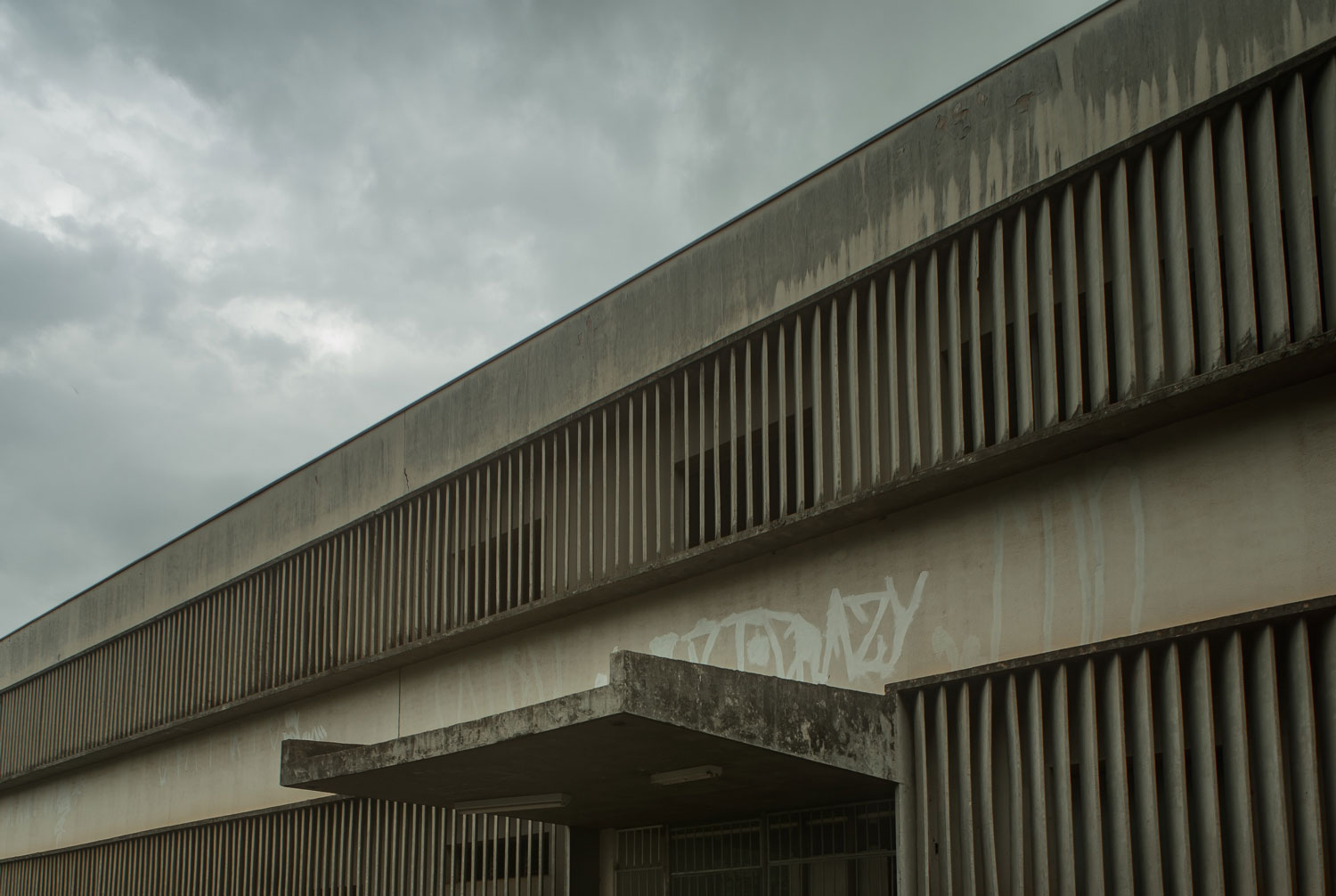The issue of RAAC – Reinforced Autoclaved Aerated Concrete – has attracted intense media attention over fears about its safety in schools and public buildings.
Off-script and sweary comments from Education Secretary Gillian Keegan, made while she was unaware she was still wearing a live microphone following an interview, have kept RAAC and the government’s response in the headlines.
However, it is fears over the safety of the concrete itself which made it an issue in the first place – and a problem for those who own and occupy affected buildings as well as those who designed and built them.
It is critical that developers, occupiers, landlords and leaseholders are aware of the dangers of RAAC, investigate thoroughly, take advice and act promptly where necessary.
What is RAAC?
Reinforced Autoclaved Aerated Concrete is a lightweight and generally cheaper alternative to conventional concrete. Where traditional concrete contains aggregate materials that reinforce it, RAAC is less dense and has air ‘bubbles’ inside – leading to it sometimes being called “bubbly concrete”.
Because of its lightweight nature and lower cost, it was widely used in public buildings, including schools and hospitals, from the 1950s up to the early 1990s, when concerns about its durability were first raised. RAAC carries a risk of collapsing, crumbling or cracking when damp – often with little warning – and its use is no longer recommended. It was especially used in flat roof structures which are difficult to survey and at the highest risk of collapse.
Why are the concerns about RAAC being raised now?
Urgent warnings about the dangers of RAAC have been public since May 2019, but it seems very little action has been taken until the summer of 2023 – a situation Gillian Keegan alluded to in her now infamous post-interview outburst.
RAAC is generally thought to have a lifespan of around 30 years, so many of the buildings it was used in are now well past that date – prompting safety concerns this summer, especially as children returned to affected schools.
More than 100 schools were told by the Department for Education to shut immediately due to a significant risk of collapse. Government guidance has been published urging schools and other
potentially affected organisations to carry out thorough structural inspections and to commission urgent remedial works where required.
What is the legal position for those who designed and developed buildings containing RAAC?
Architects, designers, engineers and contractors involved in building schools, hospitals and other buildings with RAAC are strongly advised to contact their lawyers. In the months and years to come there may be complex legal disputes over material failures or incidents, and it is better to take advice now to be in the best position to defend any claim or legal action.
However, as RAAC was widely used in the 1950s, many of the parties involved may longer exist, leaving those affected with few options for legal redress.
There may also be further complications due to the presence of asbestos, which was commonly used in some RAAC buildings.
What should I do if I suspect RAAC is in a building I own or occupy?
If you own an affected building, either freehold or leasehold, you may be vulnerable to significant legal liabilities.
Act quickly to establish the facts, commission any site surveys necessary, and take legal advice at the first opportunity.
- If you are a freeholder of a RAAC building
If you are the freeholder of a building, you are most likely responsible for repair obligations relating to the structure of the building. You could consider claims against the original developer of the building, or insurers – but be aware that the timeframe for claims may have expired.
- If you are a tenant or leaseholder
Tenants and leaseholders should carefully check their lease documents to see who is responsible for repair obligations. Usually, the landlord as responsibility for the structure of a building – but better to be sure.
Which laws should I be aware of?
For most landlords, tenants and leaseholders, the terms of any lease will be the key documents which determine who is legally liable for remedying any issues arising from RAAC.
New legislation introduced in the Building Safety Act pushes liability for unsafe buildings onto developers, building owners and others in the construction sector. It underlines that in the event of a problem ‘substantive action’ is required to meet the requirements of the legislation. Doing nothing is not an option!
Landlords and occupiers will also be aware of their obligations under the Health and Safety at Work Act, which sets out the general duties on organisations to protect the health, safety and welfare of employees and visitors, including ensuring the safety of workplace buildings.
Natalia Sokolov is a Partner in the Thrings Construction and Engineering team, which specialises in supporting businesses in the construction and engineering industries. Find out more about the team here.


